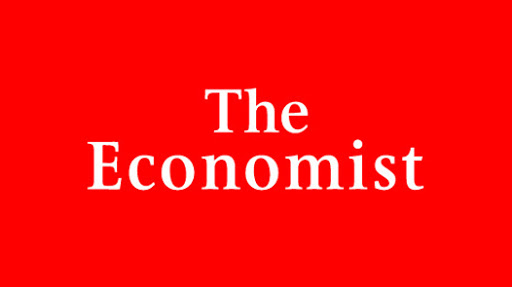Unit recently, most people asked to identify “Q” would mention an eccentric inventor of gadgets for James Bond. Now a nastier, if equally fictitious, Q is becoming better known. Digital searches surged this month among people who hoped to unpick the meaning of “QAnon”—an anti-Semitic and incoherent conspiracy theory. It has been spun for three years in cryptic messages posted by Q, posing as a senior government official.
The alleged conspiracy is both outlandish and dismally familiar. Supposedly Donald Trump is set to smash a cabal of paedophiles and cannibals, including Hillary Clinton, Barack Obama and George Soros. Every generation or so, some outfit alleges that a secret league of the powerful—often cast as a financial, globalist or simply Jewish elite—is out to destroy America.
QAnon’s version has echoes of Robert Welch, a sweetmaker who founded the anti-communist John Birch Society in 1958. He claimed a “furtive conspiratorial cabal of internationalists, greedy bankers, and corrupt politicians” wanted America to be run by a socialist United Nations. It also shares some characteristics of the “satanic panic” of the 1980s, when rumours suggested devil-worshippers ran kindergartens and abused children.
The new conspiracy spread first in half-hidden corners online, then moved to mainstream social-media platforms and beyond. (Amazon now offers piles of mumbo-jumbo-filled QAnon screeds for sale.) Facebook, Twitter, YouTube and others recently removed QAnon-affiliated groups and pages from their sites. Yet the movement surges, partly because the president prods it on. Last week he cheered Q-adherents as “people that love our country”. Media Matters, a left-leaning think-tank, counted 216 times by late August when he had retweeted messages of QAnon folk. Q-fans are ubiquitous at his rallies...
Mr Trump also indulges QAnon for a simple reason: because it lauds him. “It is very reciprocal, it’s about fealty to him,” says Ethan Porter, a researcher into the spread of misinformation, at George Washington University. He notes how the movement draws hangers-on, notably older people who lose themselves in “online rabbit holes” trying to grasp the conspiracy. Others joined recent QAnon-affiliated “save the children” marches in various cities.


